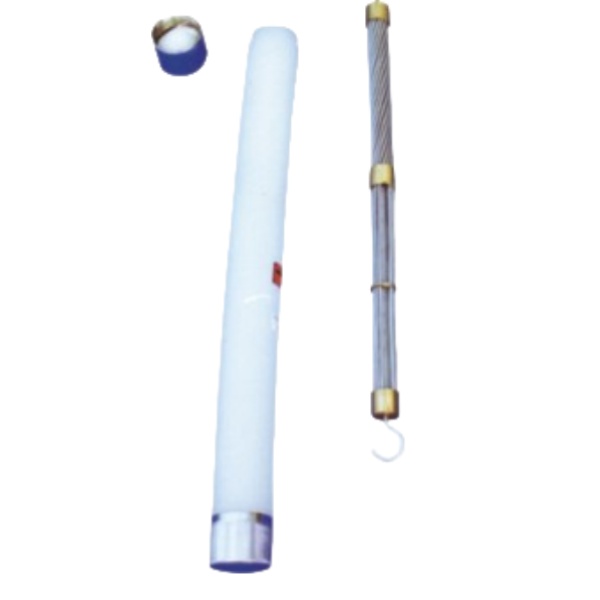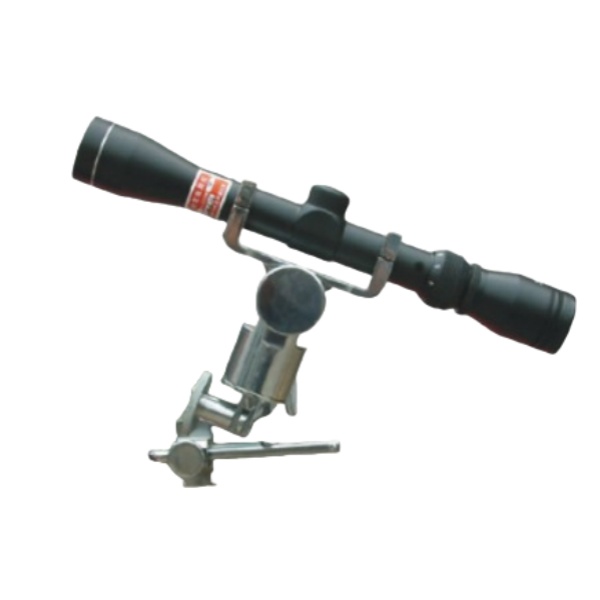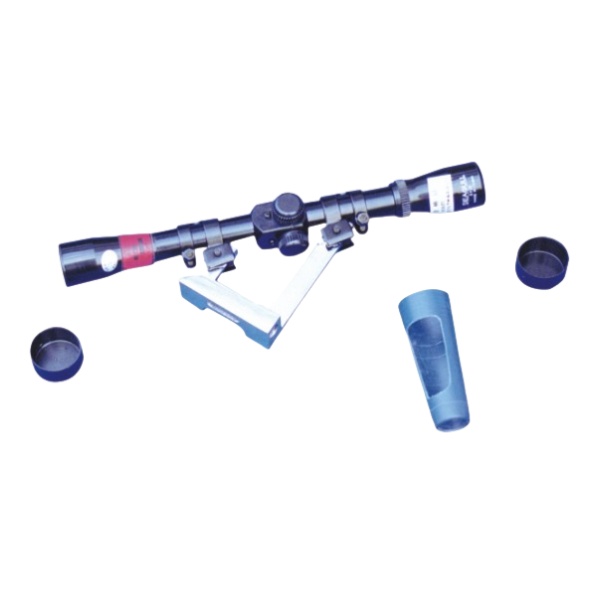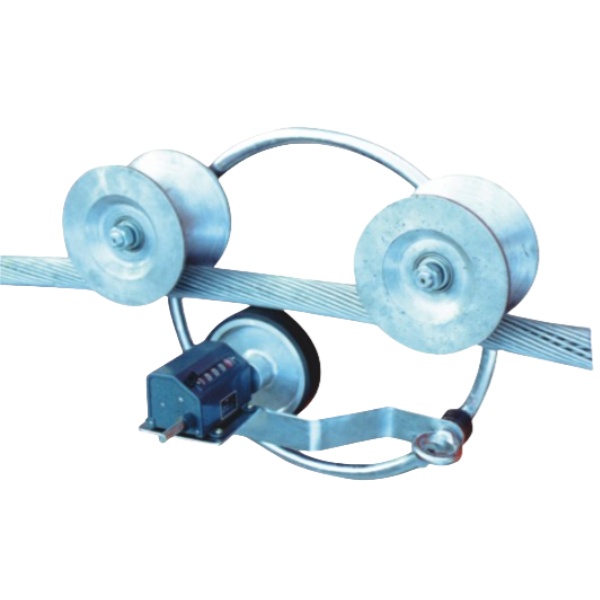
Sag Boards & Measuring Devices
Sag boards and other measuring devices are absolutely critical during power line stringing to ensure that conductors are installed with the precise sag (the amount of vertical dip) required by engineering specifications. Correct sag is vital for:
Safety Clearances: Maintaining adequate distance from the ground, buildings, trees, and other structures.
Mechanical Integrity: Ensuring the conductor tension is within safe limits under various environmental conditions (temperature changes, wind, ice loading) to prevent breakage or excessive stress on supporting structures.
Electrical Performance: Affecting impedance and overall line efficiency.
Aesthetics: Consistent sag looks better.
Traditional Sag Boards & Methods:
- Sag Boards / Sag Targets:
- Description: These are perhaps the most traditional and simplest tools for visually checking sag. A sag board is essentially a marked target that is mounted at a calculated vertical distance below the conductor attachment point on a pole or tower.
- How they work:
- Engineers calculate the required sag for a specific span length and temperature.
- The sag board is then positioned at that calculated sag distance vertically below the intended conductor attachment point on the lower of two adjacent structures, or at both structures if they are at equal elevation.
- A worker at one structure sights across to the sag board/mark on the adjacent structure. The conductor is then pulled until its lowest point (apex of the sag) aligns with the line of sight created by the sag boards.
- Advantages: Simple, inexpensive, and effective for many common stringing operations.
- Disadvantages: Subject to human error in sighting, less precise for very long spans or difficult terrain, can be affected by parallax. Requires clear line of sight.
- Application: Widely used in distribution and lower-voltage transmission line stringing. (The search result mentions "sag-scope" which is used in conjunction with these marks or boards).
- Transit/Leveling Instruments:
- Description: Surveying transits or optical levels are used to establish precise horizontal or angled lines of sight between structures.
- How they work:
- A level is set up at a precisely measured distance below the conductor attachment point on a lower structure.
- The conductor is then pulled until it appears tangent to the horizontal line of sight from the level's telescope.
- Various trigonometric methods are used to calculate offsets and angles depending on the elevation difference between structures.
- Advantages: More precise than simple sag boards, especially for unequal elevations.
- Disadvantages: Requires surveying expertise, slower setup, can still be affected by weather.
- Dynamometers (Tension Meters):
- Description: While not directly measuring sag, dynamometers measure the tension in the pulling rope or the conductor itself. Since sag and tension are inversely related (higher tension means less sag, and vice versa), measuring tension is an indirect but highly accurate way to ensure correct sag.
- How they work: An inline dynamometer is placed in the pulling line, usually at the tensioner, providing real-time tension readings. The sag tables provided by engineers will specify the target tension for the given span, temperature, and conductor type.
- Advantages: Very accurate, real-time feedback, reduces reliance on visual sighting.
- Disadvantages: Requires calibrated equipment, doesn't directly show the sag profile.
- Application: Essential for all critical stringing operations, especially for transmission lines.
Modern/Electronic Sag & Measuring Devices: As technology advances, more sophisticated and often non-contact methods are being adopted for sag measurement, especially for complex or high-voltage lines.
Laser Rangefinders / Laser Sag Meters:
Description: Handheld or tripod-mounted devices that use a laser beam to measure distances and angles. Some are specifically designed with software to calculate sag.
How they work: The user aims the laser at the conductor at various points in the span and at the attachment points. The device, sometimes combined with a clinometer (angle sensor), calculates the sag based on the measured distances and angles.
Advantages: Non-contact, safer, faster than traditional methods, more precise.
Disadvantages: Can be affected by very dense fog or heavy rain, some models require clear line of sight.
UAV (Drone) with LiDAR/Photogrammetry:
Description: Unmanned Aerial Vehicles equipped with LiDAR (Light Detection and Ranging) scanners or high-resolution cameras for photogrammetry.
How they work: The UAV flies along the power line, collecting dense point cloud data (LiDAR) or multiple images (photogrammetry) of the conductors and surrounding terrain. Specialized software then processes this data to create a 3D model, from which sag, clearances, and other parameters can be accurately calculated.
Advantages: Extremely accurate, non-contact, very safe (no personnel near lines), can cover large areas quickly, provides comprehensive data (e.g., vegetation encroachment). "Sag measurement system of overhead transmission lines based on laser point cloud" is a research paper highlighting this method.
Disadvantages: High initial cost, requires skilled operators, regulatory hurdles for drone operation.
Real-Time Monitoring Systems (IoT/Sensors):
Description: Sensors (e.g., inclinometers, strain gauges, temperature sensors) attached directly to the conductor or structures that transmit data wirelessly.
How they work: These sensors continuously monitor sag, tension, temperature, and sometimes even ice loading. Data is sent to a central system for real-time analysis and alerts. This is more for ongoing sag monitoring for dynamic line rating (DLR) or condition assessment, rather than initial stringing, but the underlying measurement principles are relevant.
Advantages: Continuous data, enables dynamic line rating, early warning of issues.
Disadvantages: Complex installation, high cost for widespread deployment.
General Measuring Devices: Measuring Tapes: Heavy-duty, non-conductive fiberglass tapes for measuring spans, offsets, and heights.
Thermometers: Accurate thermometers are crucial for measuring ambient and conductor temperature, as sag is highly dependent on temperature.
Measuring Wheels: For quickly measuring distances along the ground. (Taiwan Counter Industry Co., Ltd. is a manufacturer).
Levels (Bubble Levels, Digital Levels): For ensuring horizontal or vertical alignment.
Clinometers/Inclinometers: For measuring angles of structures or conductor entry/exit angles.





